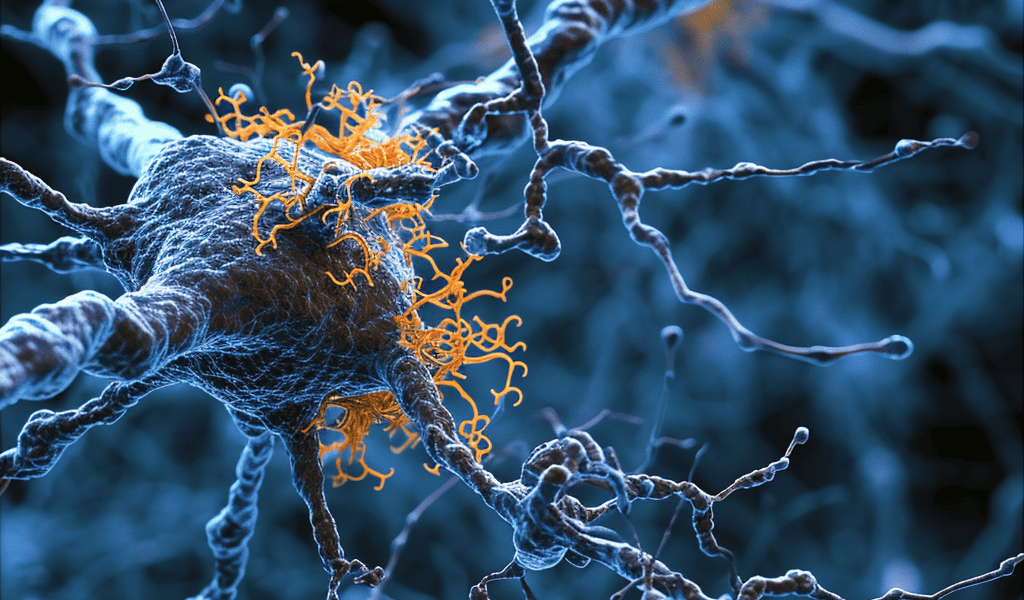Scientists at the Max Planck Florida Institute for Neuroscience have made a groundbreaking discovery in understanding the molecular mechanisms behind memory formation. Their research has identified a crucial protein, VAP (vesicle-associated membrane protein-associated protein), as the molecular anchor that stabilizes mitochondria near synapses to support synaptic remodeling.
When we experience new things, our neurons undergo rapid changes in structure and function, a process known as synaptic plasticity. This process is essential for learning and adaptation but requires significant energy. Mitochondria, the biological batteries of our cells, play a vital role in providing the necessary energy for these changes. The strategic stabilization of mitochondria near synaptic sites ensures an efficient local energy supply, enabling the brain to support memory formation and cognitive functions.
The discovery of VAP as the molecular anchor for stabilizing mitochondria near synapses holds significant implications. It not only sheds light on the power source of memories but also opens new research avenues into understanding and potentially treating ALS (amyotrophic lateral sclerosis), a progressive motor neuron degeneration disease. Mutations in VAP have been linked to ALS, making this discovery particularly relevant for advancing ALS pathology research.
Dr. Vidhya Rangaraju, the lead scientist and Research Group Leader at the Max Planck Florida Institute, emphasized the broader implications of their findings. Dr. Rangaraju stated, “While we started this study to understand fundamental properties of how memories are powered, our findings open important new directions for our research. We will investigate the cellular mechanisms of the cognitive symptoms that often occur with motor symptoms in ALS but have been severely understudied. We believe the tools and approaches that we have established will begin to shine light into this area.”
The study’s first author, Ojasee Bapat, highlighted the unique feature of stable mitochondria supporting synaptic plasticity in dendrites. Bapat explained, “This stability, however, is a unique feature of neuronal dendrites. In neuronal axons, where mitochondria have been primarily studied, they are very mobile. We were interested in understanding how mitochondria are stabilized near synapses to support synaptic remodeling projects.”
The research findings provide valuable insights into the cellular mechanisms underlying memory formation and synaptic plasticity. The identification of VAP as the molecular anchor for stabilizing mitochondria near synapses not only advances our understanding of brain function but also holds promise for potential breakthroughs in ALS research and related neurodegenerative diseases.





